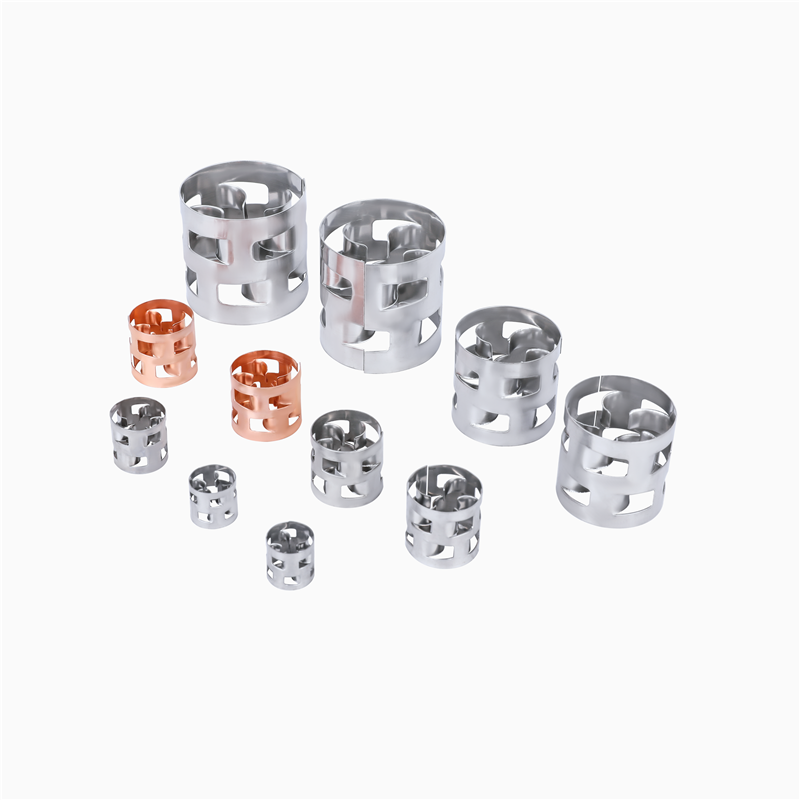The Benefits of the Metal Pall Ring
Metal Pall Ring is one of the most popular random packing types that is used to boost the efficiency of towers. It has been used for over 50 years to improve a tower's performance and is now considered an industry standard.
The Metal Pall Ring is a cylindrical ring that is designed to enlarge the internal surface area of the packing and promote fluid-air exchange. It has several windows that open on its surface and this enables the ring to promote both gas and liquid distribution.
There are three basic types of pall rings: metallic, ceramic, and plastic. Each of these has its own unique properties and applications.
Aluminum alloy, stainless steel, and carbon steel are the most common materials to use. These material choices provide a variety of benefits, including high capacity, low-pressure drop, and low resistance.
They are also resistant to heat and corrosion and can be used in a wide range of applications. They are commonly used in petrochemical, chemical fertilizer, and water treatment facilities, but they can be used in many other industries as well.
The Pall ring was developed by BASF in the 1940s, and it has multiple window holes on its ring wall to improve gas and liquid distribution. It is manufactured by forming a strip of any suitable metal and then cutting it into rings with the flaps cut from the ring's wall and a tongue bent into each of the flaps. The tongues are positioned within the wall of each flap, and they join the flaps along lines that are perpendicular to the ends of the ring's wall.
Another advantage of the pall ring is that it provides a large open space within each flap, which allows for the passage of gas through the ring without encountering the wall. This opens up a significant amount of space for gas to travel, which can reduce hydraulic pressure.
A further advantage of the pall ring is that its surface is relatively flat, which increases surface contact by gas passing axially through the ring. It is therefore more efficient than the traditional cylinder ring, which often has an apex that prevents contact with a gas passing through it.
In addition, the pall ring's wall has concavo-convex circumferential grooves to increase its strength. The grooves are generally oriented parallel to the axis of the ring, but they can be perpendicular to the axis or curved around the axis.
This configuration also helps to prevent a metal pall ring from unrolling, which can result in a collapsed ring. The grooves can be arranged in different patterns, or in staggered patterns that are similar to the pattern of the pall ring's other components.
The metal pall ring is an improved version of the raschig ring, which was a common type of ring used to pack towers for many years. It has similar cylindrical dimensions to the raschig ring but has two rows of punched-out holes with fingers or webs turned into the center of each cylinder. This adjustment leads to a substantial performance improvement in terms of throughput, efficiency, and pressure drop, compared with the raschig ring.

METAL PALL RING
Introducing our Metal Pall Ring, an essential component for many industrial applications. Our Metal Pall Rings are made of high-quality materials, such as stainless steel 304, 304L, 316, 316L, carbon steel, aluminum, bronze, and other alloys, ensuring the utmost performance and durability.

METAL PALL RING
Introducing our Metal Pall Ring, an essential component for many industrial applications. Our Metal Pall Rings are made of high-quality materials, such as stainless steel 304, 304L, 316, 316L, carbon steel, aluminum, bronze, and other alloys, ensuring the utmost performance and durability.

 English
English Español
Español







